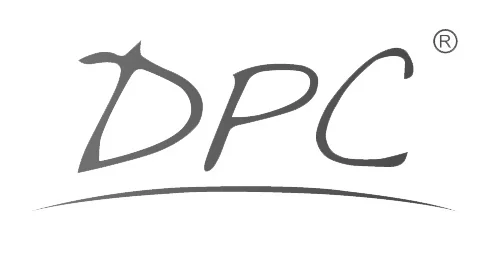Ginkgo Biloba
Maidenhair. A sacred tree of the Chinese, the fruit has an offensive odor but is resistant to smoke, sisease, and insects. No known toxicity.
Glucose
Used as a flavoring, to soothe the skin and as a filler in cosmetics. Occurs naturally in blood, grape and corn sugars. A source of energy for plants and animals. Sweeter than sucrose. No known toxicity in cosmetics.
Glucose Oxidase
Used as a flavoring, to soothe the skin and as a filler in cosmetics. Occurs naturally in blood, grape and corn sugars. A source of energy for plants and animals. Sweeter than sucrose. No known toxicity in cosmetics.
Glycerin
Glycerol. Any by-product of soap manufacturer, it is a sweet, warm-tasting, oily fluid obtained by adding alkalis to fats and fixed oils. A solvent, humectant, and emollient in many cosmetics, it absorbs moisture from the air and, therefore, helps keep moisture in creams and other products, even if the consumer leaves the cap off the container. Also helps the product to spread better. A humectant in foods and a solvent for food colors and flavors. In concentrated solutions it is irritating to the mucous membranes, but as used it is nontoxic, non-irritating and non-allergenic.
Glyceryl Polymethacrylate
A widely used film former.
Glyceryl Stearate
Widely used as an emulsifier and skin conditioning ingredient. Based on available data, the CIR Expert Panel concludes this ingredient is safe for use in applications to humans in present practices of use and concentration.
Glycine
Used as a texturizer in cosmetics. An amino acid classified as nonessential. Made up of sweet-tasting crystals, it is used as a dietary supplement and as a gastric antacid. No known toxicity.
Glycine Soja
Texturizer.
Glycol
It is a binder, plasticizing ingredient, solvent and softener widely used for cosmetic cream bases and pharmaceutical ointments. Improves resistance to moisture and oxidation. Occurs naturally in butter acids, tallow, cascarilla bark, and other animal fats and oils. A white, waxy, natural fatty acid, it is the major ingredient used in making bar soaps and lubricants. A large percentage of all cosmetic creams on the market contain it. It gives pearliness to hand creams. The CIR Expert Panel concludes that this ingredient is safe for use in cosmetic products.
Glycolic Acid
Contained in sugarcane juice and fruit, it is an odorless, slightly water-absorbing acid used to control the acid/ alkali balance in cosmetics and whenever a cheap organic acid is needed. It is a mild irritant to the skin and mucous membranes. One of the more controversial services offered by skin care salons is the glycolic acid peel, a procedure that is also being offered by dermatologists. Glycolic acid is a compound related to alpha-hydroxy acids.
Glycosphingolipids-gsl
Sugary, fatty acid compouns, one of which was said to be developed by Christiaan Barnard, the pioneer heart surgeon, in Switzerland, to counteract wrinkles.
